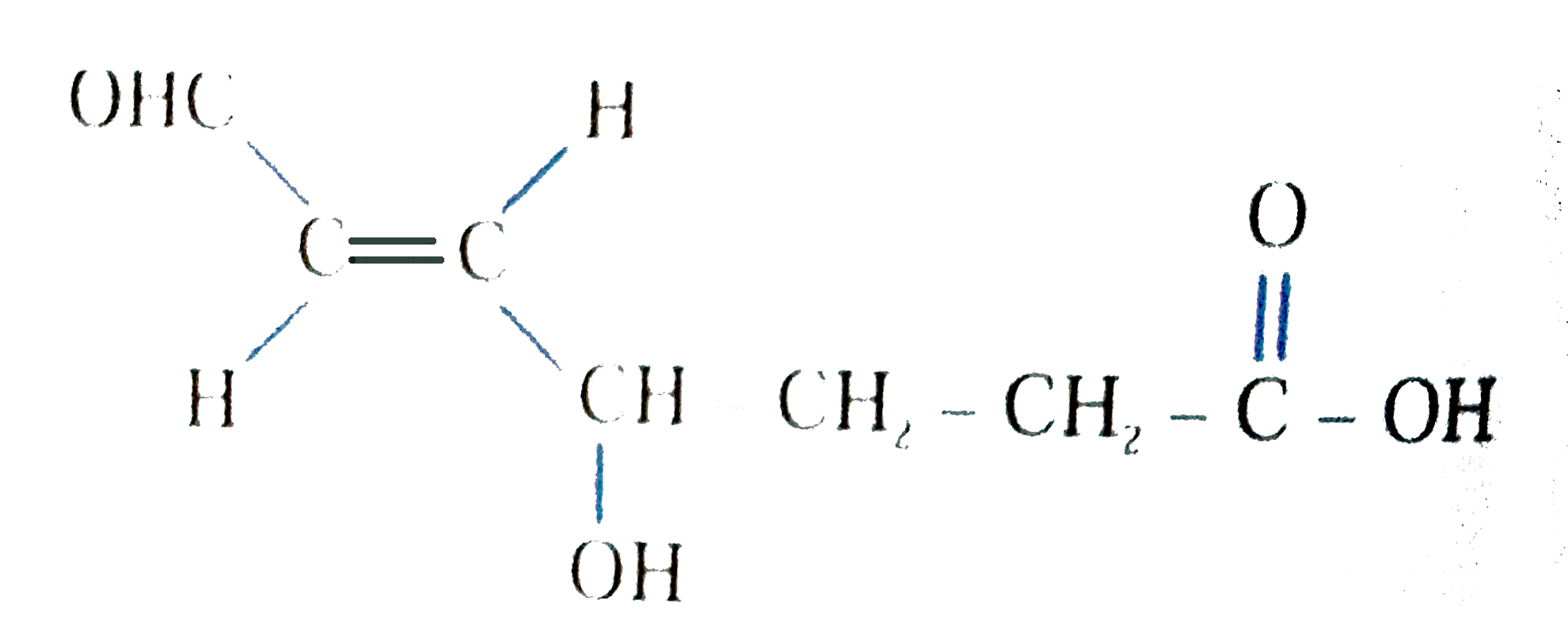Observe the following reaction:
A(g)+3B(g)→2C(g)
The rate of this reaction {−d[A]dt} is 3×10−3mol litre−1min−1. What is the value of −d[B]dt in mol litre−1min−1 ?
3×10−3
9×10−3
10−3
1.5×10−3
The correct Answer is:B
−d[A]dt=−13d[B]dt
Topper's Solved these Questions
- BOOK - NARAYNACHAPTER - CHEMICAL KINETICS EXERCISE - EXERCISE -1 (C.W) (ORDER OF REACTION)14videos
CHEMICAL KINETICS
- BOOK - NARAYNACHAPTER - CHEMICAL KINETICS EXERCISE - EXERCISE -1 (C.W) (MOLECULARITY)5videos
CHEMICAL KINETICS
- BOOK - NARAYNACHAPTER - CHEMICAL KINETICS EXERCISE - CUQ (RATE OF REACTION)83videos
CHEMICAL KINETICS
- BOOK - NARAYNACHAPTER - CARBOXYLIC ACIDEXERCISE - All Questions288videos
CARBOXYLIC ACID
- BOOK - NARAYNACHAPTER - CHEMISTRY IN EVERYDAY LIFEEXERCISE - ASSERTION & REASON TYPE QUESTIONS10videos
CHEMISTRY IN EVERYDAY LIFE
Similar Questions
for a reaction 2A+3B→Products, the rate law expression is given by rate = K(A)1(B)2 . The order of the reaction with respect to A,B and over all order of reaction ar
02:52View SolutionMolecularity of the following elementary reactions 2NO+O2→2NO2
01:45View SolutionUnder a given set of experiemental condition, with increase in the concentration of the reactants, the reate of a chemical reaction
01:41View SolutionProvide IUPAC name of the compound given below.
 02:38View Solution
02:38View Solution(A) Analgesics bring down body temperature during high fever.
(R ) Tetracyclin is a tranquillizer.01:52View SolutionThe rate of reaction is expressed as : (1)/(2)(+d)/(d t)[C] = (1)/(3)(-d)/(d t)[D] = (1)/(4)(+d)/(d t)[A] = -(d)/(d t)[B] The reaction is:
View SolutionObserve the following reaction: A(g) + 3B(g) rarr 2C(g) The rate of this reaction {(-d[A])/(d t)} is 3 xx 10^(-3) "mol litre"^(-1) "min"^(-1) . What is the value of (-d[B])/(d t) in mol "litre"^(-1) "min"^(-1) ?
View SolutionThe rate constant of a reaction is found to be 3 xx 10^(-3) "mol" L^(-1) "min"^(-1) . The order of the reaction is
07:51View SolutionThe rate constant of a reaction is 3.25xx10^(-3) "mol"^(-2) "litre"^(2) "min"^(-1) The order of reaction is
02:02View SolutionObserve the following reaction
2A+B→C
The rate of formation of C is 2.2×10−3mol L−1min−1. What is the value of −d[A]dt(in mol L−1min−1) ?06:04View SolutionThe rate constant of a reaction is 2.1×10−2mol−2litre3−1min. The order of reaction is
02:35View SolutionFor a gaseous reaction,
2A(g)+B(g)→C(g),ΔH=−30Kcal/mole at300K
If the reaction follows the rate law d[C]dt=4×10−3[A]2[B]M/min and initially concentration of Bis[B]=10−3M and concentration of A is [A]=1M, then calculate the rate at which heat will be liberated per minute initially if reaction occurs in a rigid container of volume 10 litres.
[Express answer in 10−1cal/min]
[Use:R=2cal/molK]03:22View Solutionयदि किसी अभिक्रिया की दर स्थिरांक (k) का मान 1.6×10−3mollitre−1min−1 है तो अभिक्रिया की कोटि होगी-
03:11View SolutionObserve the following reaction: 2A + B to C The rate of formation of C is 2.2xx10^(3) mol L^(-1) min^(-1) .What is the value - (d(A))/(dt) ("in "mol L^(-1) mi n^(-1))
02:02View SolutionIf 12A→B,ΔH=+150kJ⋅mol−1,3B→2C+D,ΔH=−125kJ⋅mol−1,E+A→2D,ΔH=+350kJ⋅mol−1
then ΔH of the reaction B+D→E+2C will be-01:56View Solution1 mole of A(g) is heated to 200∘C in a one litre closed flask, till the following equilibrium is reached. A(g)⇔Bg). The rate of forward reaction at equilibrium is 0.02 mol lit−1min−1. What is the rate (mol. Lit−1 min−1) of the backward reaction at equilibrium?
02:59View Solution

